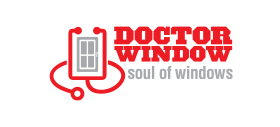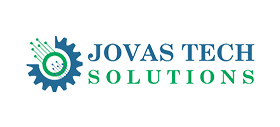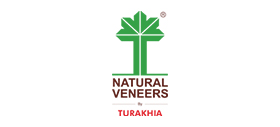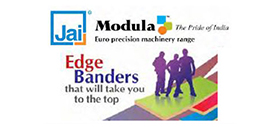Cost savings for new factory investments
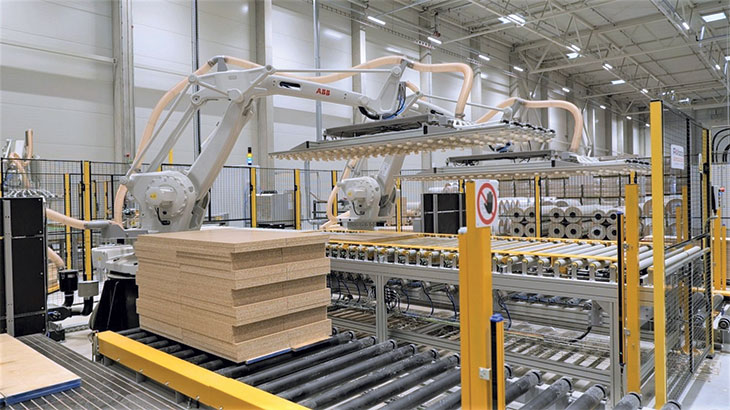
The client, a company experiencing continuous growth, planned to invest in a new production plant on its existing site to align with its growth strategy. However, during the concept phase, it became apparent that the initial investment costs for the planned new building would significantly exceed its budget.
This prompted the need for another planning loop to compare the planned demolition and new construction with upgrading the existing building structure. In both scenarios, integrating new machine technology and future technologies was guaranteed. The objective of the exercise was reduction of the initially calculated investment costs by ~40%. To achieve these reductions, there were several approaches:
• Analyse the current building fabric and evaluate the necessary investment costs for partial demolition, upgrading, and measures of the building envelope.
• Comparison of the investment costs for demolition and new construction versus upgrading the existing structure.
• Identify limitations due to the existing building structure and their influence on the planned machine technology and efficient production processes.
• Feasibility and risk assessment of the two variants regarding production processes, technologies and automation.
• Creation of a step-by-step plan that enables the implementation of demolition and new construction.
• Development of a step-by-step plan to reduce investment costs.
There were many benefits that could be achieved. A comparison of the calculations showed that upgrading the existing building structures did not bring any significant investment savings.
Thanks to the step-by-step plan developed, the investment costs could be reduced to such an extent that demolition and new construction were economically feasible.
The necessary competencies would be transferred to the new location step-by-step. Administration and peripheral areas would remain at the existing location.
Later expansion options and evolutionary stages were retained and installed during ongoing production. The step-by-step plan ensured maximum flexibility and customisation options and ensured that the company’s strategic development remained secure for the 10 years.
A comparison of the calculations showed that upgrading the existing building structures did not bring any significant investment savings. Thanks to the step-by-step plan developed, the investment costs could be reduced to such an extent that demolition and new construction were economically feasible.
The necessary competencies were transferred to the new location step-by-step. Administration and peripheral areas remained at the existing location. Later expansion options and evolutionary stages were retained and can be installed during ongoing production.

– The writer is a senior consultant at Lignum Consulting, an independent firm specialising in the wood and furniture industry that helps businesses tackle the industry’s evolving challenges. He can be reached at c.timmermann@lignum-consulting.com.
Comments

- ‘Red gazelle’ makes window installation easy
- Felder’s solutions for window and door production
- Versatile sliding-folding systems from Hafele
- Door line automation from Woodtech Consultants
- Accutec solutions for uPVC windows
- Jowat’s VOC-free primer for window profile wrapping
- Flexible solutions for doors, windows from SCM
- Tostem introduces Giesta steel doors; calls for dealers
- Folder system by Salice optimises cabinet space
- Turakhia has top-quality veneers for doors
- Mirka has solutions for difficult sanding of doors
- When Lamello’s Cabineo became a game changer
- Digital lacquer embossing for flooring from Hymmen
- Weber sanders help achieve luxury surfaces
- Hettich earns BIS nod for hinges, runners
- The importance of selecting the correct tools
- 3D is printing sustainable housing solutions
- Hard or soft? Researchers discover new wood type
- CLT shelter withstands severe seismic testing
- Japan World Expo gets largest wooden structure
- A collaboration of craft and (woodworking) culture
- ‘Reading consumer mindset is the key to success’
- PRECIOUS METTLE
- UF resin: blessing in disguise
- Cost savings for new factory investments
- ‘Natural’ is in, but efficiency is still at a premium
- What CAD, CAM software are best?
- Which drawer slides suit you best?
- First, back to the basics!
- Nolte Küchen has ₹17-cr plan for India expansion
- For compressed air, it’s Atlas Copco
- Häfele has fittings for all needs
- Holistic approach with Hettich’s magical solutions
- Salice’s Folder system optimises space
- WAF has two winning Indian entries
- Turkish designers delight with US hardwoods
- Decora joins hands with FFSC for skill academy
- Skill development comes to Udaipur’s furniture industry
- Forest management for sustainable supply from B.C. Canada
- New chapter in furniture innovation at CIFF 2025
- 3rd tech-together, exhibition at Hymmen
- imos organises Technology Day in Delhi
- Entries open for Interzum Awards 2025
- Ligna 2025 sees strong demand for participation
- MTC contest showcases creativity from wood waste
- TIWF 2024 concludes successfully
- Event-Calendar
- Egger’s ‘Capsule Concept’ creates harmonious décor
- Grass releases RAT system for cabinetry
- State-of-the-art edge bander from Jai
- SCM’s Balestrini centres for solid wood
- Sugatsune introduces new concealed hinge for doors
- Aryamman brings home Konrad Hornschuch products
- Automatic beam saw with twin pusher from Woodtech
- Seamless functional doors from Fiamarc
- Felder offers range of wide belt sanders
- OptiSaw 3.2 Panel Saw
- New guidelines to curb ‘green-washing’
- Ozone opens Experience Centre in Bengaluru
- Dieffenbacher takes over Schmidt & Heinzmann
- Egger invests in sustainability and automation
- Demand for American Oak soars in India
- Nitori to open first store in India
- Bureau Veritas acquires AI company
- Siempelkamp secures syndicated loan
- Merino to reduce carbon footprint
- Ebco’s new campaign features ‘Boom-Boom’ Bumrah
- SCM wins SMAU innovation award
- Unilin wins patent for flooring
- WhatsApp kicks off training for businesses
- SCM takes over Mecal Machinery
- Rajesh Mittal to head FIPPI
- Birla Opus opens fourth paints factory
- Greenply roots for ‘Pushpa 2’
- Wooden Street raises ₹354 cr. in funding
- Ashima Kaul recognized as top HR Leader






































